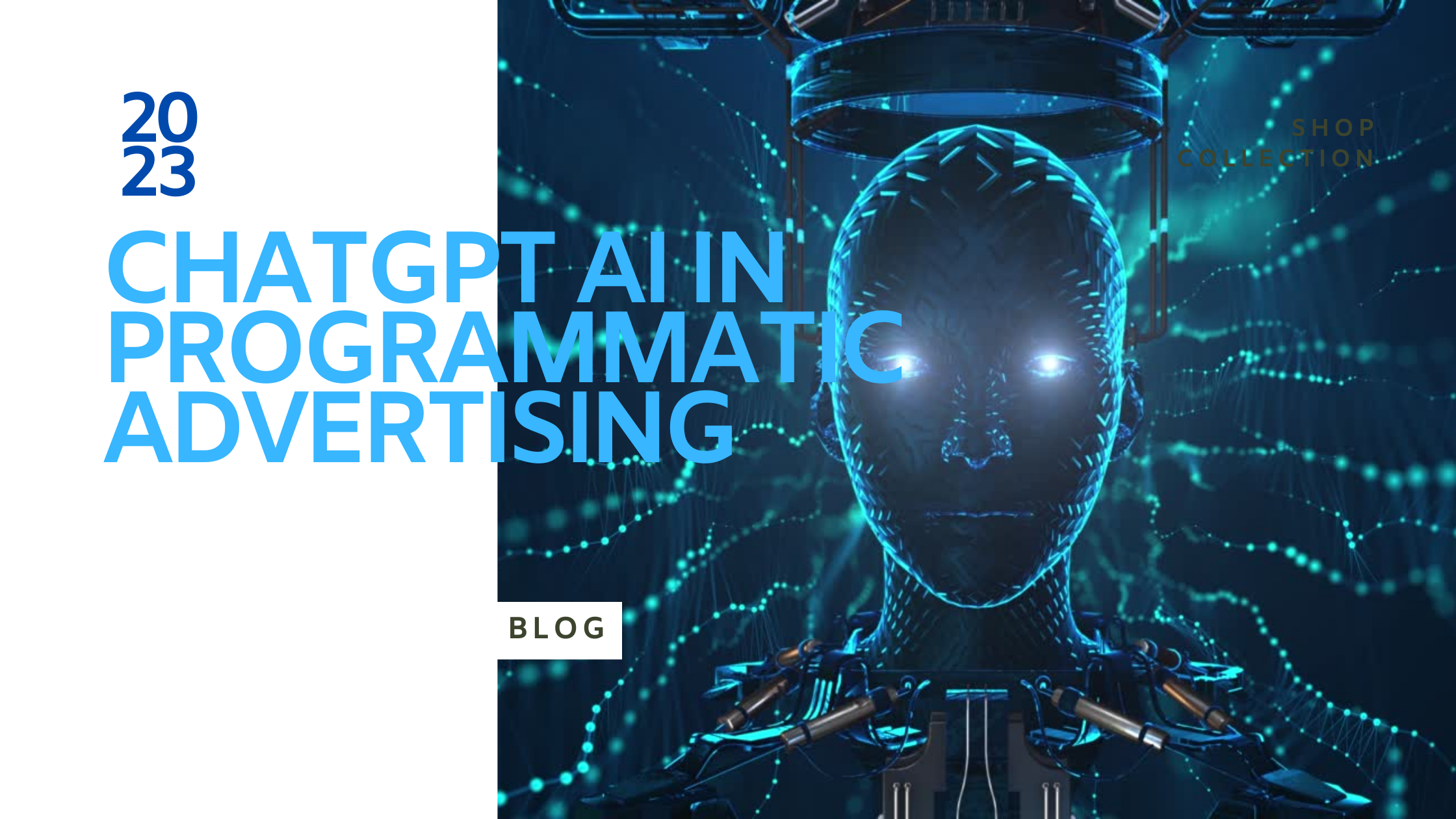Programmatic advertising can leverage ChatGPT in various ways to enhance campaign performance and customer engagement. These are some examples of how ChatGPT can be utilized:
- Ad Copy Generation: ChatGPT can assist in creating compelling ad copy for programmatic advertising campaigns. By providing relevant information about the product or service, target audience, and desired messaging, ChatGPT can quickly generate multiple ad variations. This allows marketers to test different ad angles and optimize their messaging, ultimately improving click-through rates (CTR) and conversion rates.
- Dynamic Creative Optimization (DCO): DCO involves tailoring ad creatives based on real-time data and user behavior. By analyzing user data such as browsing history, demographics, and contextual information, ChatGPT can generate personalized ad variations. Ad elements like headlines, images, and calls to action can be dynamically adapted by ChatGPT, enhancing ad relevance and increasing user engagement.
- Chatbot Integration: ChatGPT-powered chatbots can be integrated into landing pages or ad units in programmatic advertising. These chatbots engage users in conversational interactions, answer questions, and provide personalized recommendations. By leveraging ChatGPT’s natural language processing capabilities, advertisers can create interactive and engaging experiences that drive higher conversions and customer satisfaction.
- Audience Segmentation and Targeting: ChatGPT can help refine audience segmentation and targeting strategies. By analyzing vast amounts of data such as user behavior, preferences, and interests, ChatGPT can identify patterns and generate insights to improve targeting precision. This enables programmatic advertising platforms to serve ads to the most relevant audiences, maximizing campaign effectiveness and reducing wasted impressions.
- Ad Performance Prediction: With historical campaign data, ChatGPT can assist in predicting ad performance metrics such as CTR, conversion rate, and return on ad spend (ROAS). Considering factors like ad creatives, targeting parameters, and audience characteristics, ChatGPT can provide insights into which ads are likely to perform better. This information helps advertisers optimize their programmatic campaigns and allocate budgets more effectively.
- A/B Testing and Optimization: ChatGPT can aid in A/B testing by generating alternative ad variations or testing different campaign strategies. Marketers can leverage ChatGPT’s ability to simulate user responses and predict outcomes to assess the potential effectiveness of different test scenarios. This enables advertisers to make data-driven decisions and optimize their programmatic advertising campaigns for improved results.
It’s important to note that while ChatGPT can provide valuable assistance in programmatic advertising, it should be used as a tool in combination with human expertise. Advertisers should carefully monitor and review the output generated by ChatGPT to ensure it aligns with their brand guidelines, regulatory requirements, and ethical considerations.

